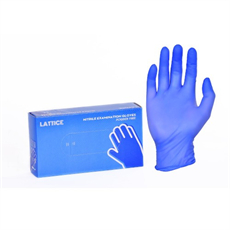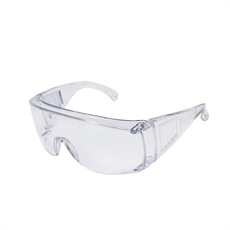The debate between white scrubs and colored scrubs in the healthcare profession has been ongoing for some time. Both options have their advantages and disadvantages, and the choice often depends on individual preferences, workplace policies, and practical considerations. Here’s a breakdown of the debate:
White Scrubs:
Pros:
- Professionalism: White scrubs are often associated with a traditional, professional image in the healthcare field. They can convey a sense of cleanliness and trustworthiness to patients.
- Visibility of Stains: White scrubs make it easier to spot stains or contamination, which can prompt quicker action to maintain hygiene and cleanliness.
- Regulations: In some healthcare settings, especially in surgical and sterile environments, white scrubs may be mandatory due to hygiene and infection control standards.
Cons:
- Stain Magnet: While stains are more visible on white scrubs, they are also more likely to become stained. This can lead to the constant need for cleaning or replacement.
- Transparency: White scrubs can be more see-through than colored ones, which may require additional layers or undergarments to maintain modesty.
- Clinical Sterility: In settings where maintaining clinical sterility is crucial, white scrubs can be challenging to keep clean and sterile.
Colored Scrubs:
Pros:
- Variety: Colored scrubs offer a wide range of colors and patterns, allowing healthcare professionals to express their personal style and preferences.
- Stain Camouflage: Colored scrubs can better hide stains and wear, giving them a longer-lasting and more attractive appearance.
- Mood and Comfort: Some people find that wearing colors improves their mood and overall job satisfaction. Additionally, colored scrubs can help reduce eye strain associated with prolonged exposure to bright white.
Cons:
- Perception: In certain healthcare settings, there may be a perception that colored scrubs are less professional or that they don’t convey the same level of cleanliness as white scrubs.
- Uniformity: In facilities where uniformity is essential, the variety of colors and patterns in colored scrubs can be challenging to manage.
- Infection Control: Colored scrubs may be less suitable in high-risk infection control areas where visual assessment of cleanliness is vital.
In conclusion, the choice between white and colored scrubs comes down to personal preference, workplace policies, and the specific healthcare environment. Some facilities have strict regulations, while others allow more flexibility. Ultimately, the most important factors should be hygiene, comfort, and professionalism, regardless of the color of the scrubs. It’s essential for healthcare professionals to adhere to their workplace’s dress code and infection control guidelines while considering their own comfort and style preferences.























